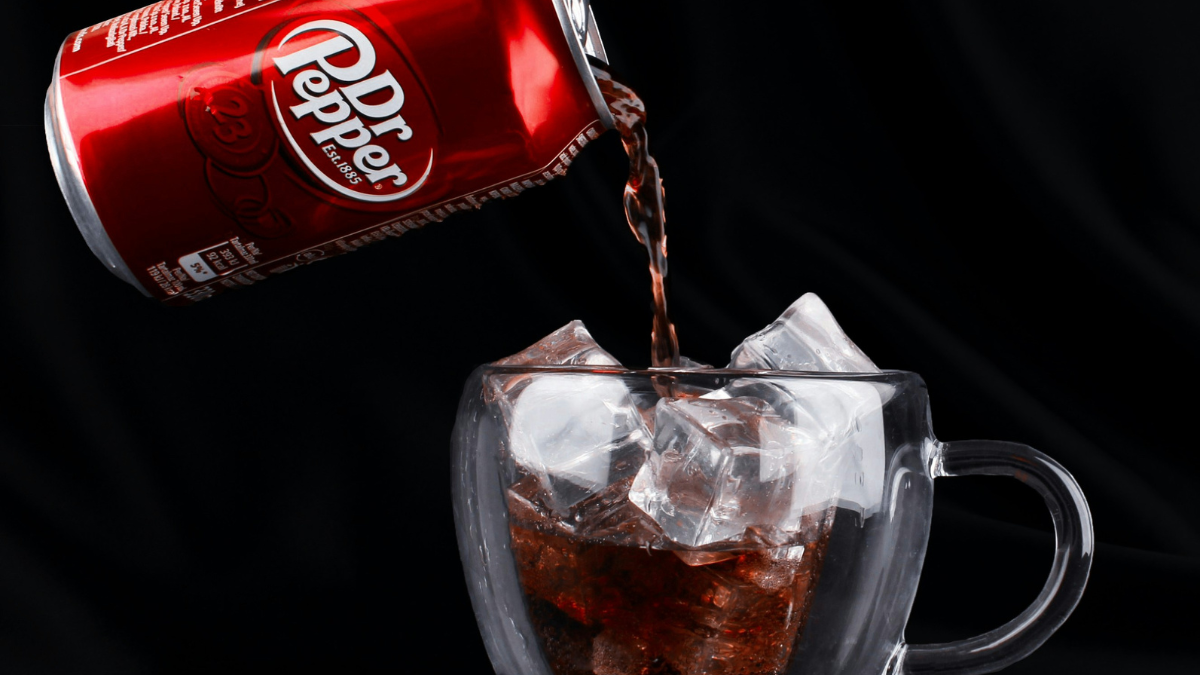Dr Pepper has officially ousted Pepsi as the most popular soda to follow Coca-Cola; this has meant an earthquake in the soft drink sector and redefined the history of business due to the immense marketing, offering of new flavor experiences, and changes within consumer behavior. Thus, in the month of January 2025, Dr. Pepper shares were at 8.3%, which is a tie with Pepsi, although for the past several months, its sales volume recently edged slightly over Pepsi.
The rise of Dr Pepper
It has been an extraordinary rise through the ranks of sodas for Dr Pepper, considering the rather long period over which this company has existed. Founded in 1885, in Waco, Texas, Dr Pepper was there even before Coca-Cola and Pepsi. Until recent decades, it had remained a favorite mostly regionally, particularly throughout the South. The brand began to make much stronger efforts at national marketing starting in the 1970s, extolling the differences in its proprietary blend of 23 flavors from standard cola fare.
Riding the wave of broader trends within the beverage industry over the past few years, Dr Pepper has innovated with new flavors such as Dr Pepper Strawberries & Cream, run limited-edition runs of Dr Pepper Creamy Coconut, and made flavor experimentation one of the biggest strategic focuses to bring in new customers while retaining the old, really resonating with younger consumers who are tired of traditional cola drinks.
A large part of its success has to do with its marketing strategies. It has been of great help, social media and especially TikTok, to reach out to younger targets and make the brand trendy. One such viral trend was Dr Pepper paired with pickles. Many online trends created conversations of the product, encouraging many customers to get in touch with the brand. Trending helped Dr Pepper create a community and, hence, retained their fans through brand loyalty.
Furthermore, the advertisement of Dr Pepper promotes its difference and uniqueness from Pepsi and Coca-Cola. In the words of Andrew Dickow, managing director at Greenwich Capital Group, the message in the advertisement clicks quite well with the millennials and Gen Z generations increasingly looking for a unique choice in beverages that best expresses their individual taste.
The decline of Pepsi
While Dr Pepper has been gaining ground, Pepsi has also had to contend with challenges contributing to its declining market share. More recently, PepsiCo seems to have been concentrating on the diversified food business and zero-sugar beverage lines—quite possibly at the expense of advertising for its core soda brand. That strategic pivot has quite possibly left a hole in the traditional soda market, into which Dr Pepper was well-placed to dive.
Duane Stanford, executive editor of Beverage Digest, said Dr Pepper has been gaining ground as Pepsi’s performance has been on the decline. “Dr Pepper has been gaining while Pepsi has been declining,” he said. The shift reflects changing tastes as consumers increasingly look for options other than the traditional cola flavors.
Implications for the soda market
That Dr Pepper has become the second most popular soda with Americans says something much larger about shifting tastes in the world of beverages. So, with a health-driven viewpoint taking up more and more buying decisions, brand manufacturers have to keep creating new and expanding products in their product line. Coca-Cola holds very strongly at the top, with 19.2% market share; however, the fight between Dr Pepper and Pepsi for second place truly tells of shifts in consumer choice.
Looking ahead, Coca-Cola and Pepsi will both have to adapt to changed market realities. Its recent introduction of new Coke flavors, such as Coca-Cola Spiced, shows that it is aware of such changing preferences. Meanwhile, Pepsi will most likely be compelled to reconsider its reliance on classic flavors to regain its second-place standing among sodas.
Read more: Girl Scouts plan to retire 2 cookies at the end of the 2025 season – These are the ones they will be taking off…
Read more: McDonald’s says it is backtracking on some of its diversity practices – Here are the steps in which it is changing its inclusion “approach”

